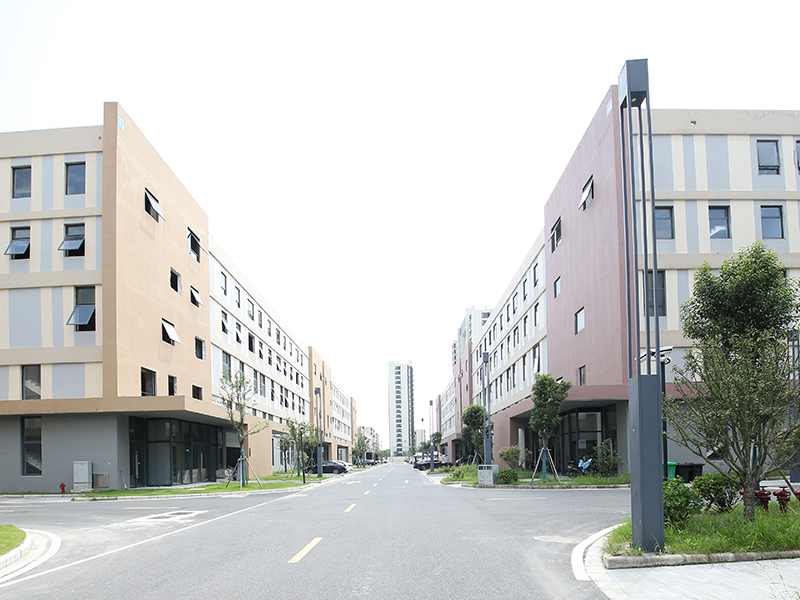1. The speed of the on-off valve is adjustable.
The speed regulating function of Brushless DC motor makes the opening and closing speed of the actuator adjustable. Brushless DC motor can achieve stepless speed regulation. Closed loop speed control technology is adopted, and its speed can not change with the load torque. In order to facilitate the user's choice of speed, the general control circuit designs the motor speed as a sub file optional form. For example, the speed is divided into eight gears, the speed range is 8:1. Users can choose the turn-on and turn-off speed according to their own needs.
2. sectional variable speed operation
Some special purpose valves work at different speeds at different journeys. For example, the opening from 0~50%, 10 seconds to finish; use 50%~ to finish in 30 seconds. It is easy to achieve the above requirements by using DC brushless motor actuators.
3. flexible opening
Flexible opening refers to the start of the motor, so that the motor speed from the Zui resistance to the start of gear-up, to the user-set speed of valve opening and closing. On the one hand, flexible opening can reduce the starting current of the motor, on the other hand, it can reduce the impact of the transmission gear of the reducer mechanism.
Since flexible starting can reduce the starting current of the motor to less than the rated current, frequent starting of the motor will not cause the motor and drive circuit to heat up. The requirement of opening and closing frequencies greater than 1200 times / hour can be achieved. Because the starting gear will not cause impact on the transmission gear, it can also extend the life of the actuator effectively.
4. flexible closure
Flexible closing means that when the actuator opens and closes, the valve opens gradually close to the given opening. When the given value and the actual opening value approach a certain degree (or to the limit position), the control circuit automatically starts to reduce the motor speed step by step. Before the given value and the actual opening value are equal to turn off the motor, the motor speed has dropped. . The reduction of motor speed can effectively improve the positioning accuracy and reduce the impact of braking on the reducer mechanism.
5. automatic transmission
When the given value is quite different from the current valve opening, the control circuit can automatically adjust the motor speed, so as to speed up the regulating speed of the regulating valve, so as to quickly eliminate the deviation of the controlled system and improve the regulating quality of the control system.
6. frictionless braking
The kinetic energy of the rotor will be converted into electrical energy through the stator coil at the moment of power failure of the DC brushless motor. The motor works in the power generation state. If the output of the generator is short circuited, the electric energy emitted is the braking effect on the rotor. The braking torque is proportional to the speed of the rotor's falling. That is, the higher the speed of the motor's falling, the greater the braking torque. So this frictionless torque can make the motor stop at once. The control circuit makes use of the frictionless automatic brake function to greatly improve the positioning accuracy of the actuator. When the actuator's full travel time is greater than 10 seconds, the positioning error can not be greater than plus or minus 0.1%. Compared with other braking modes, the braking of DC brushless motor does not require special circuit or equipment, and the braking torque changes automatically with the falling speed to ensure the good braking effect of Zui. Because this brake is non frictional, the braking effect is stable for a long time.
7. Torque detection and over torque protection.
The output torque of the actuator is derived from the electromagnetic torque of the motor. By measuring the electromagnetic torque of the motor, the output torque of the actuator can be indirectly obtained.
When the load torque increases, the motor speed decreases, so that the current increases the back EMF. If the motor speed is controlled by a closed loop, the current should be kept constant with the increase of the resistance torque, and the driving circuit will automatically increase the average voltage added to the stator winding. Therefore, whether the motor speed is open-loop control or closed-loop control, the current can correctly reflect the load torque changes of the actuator.
It is a simple and effective method to calculate the torque by detecting the current and voltage of the DC motor. The DC motor torque monitoring circuit is simpler than the circuit and software which detect the AC motor torque through electrical parameters.





